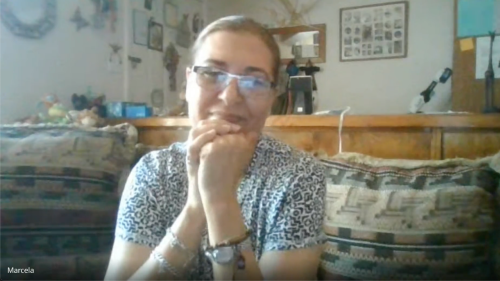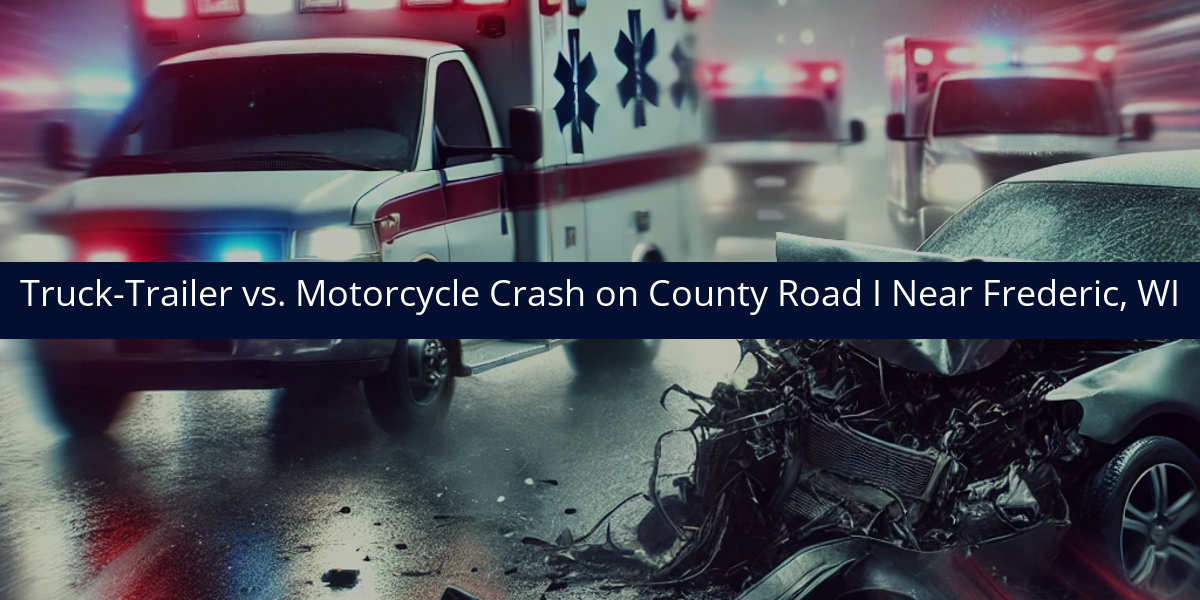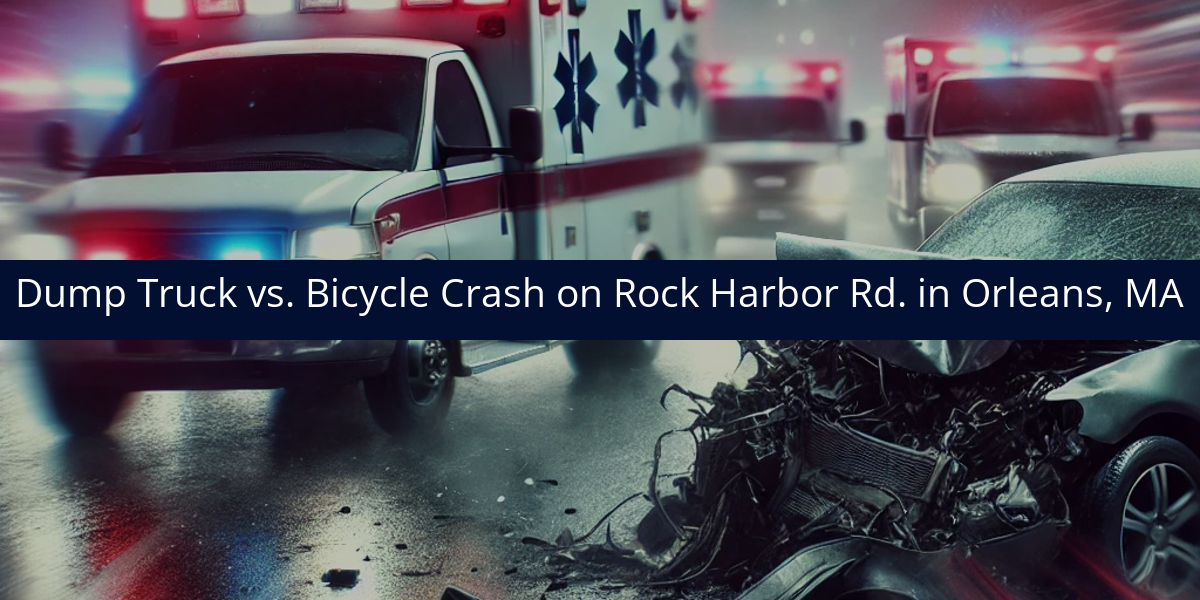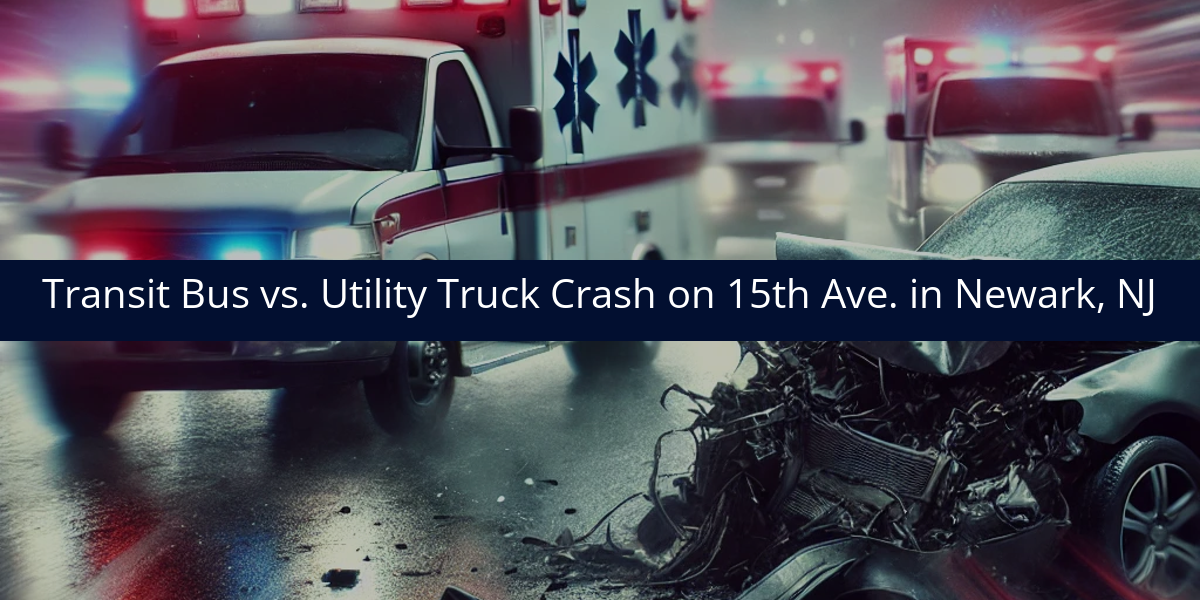A collision between a Metrolink train and a semi-truck in Oxnard left a food vendor critically injured Tuesday evening. Around 7:15 p.m., the truck reportedly stopped on the tracks at the intersection of Rice Avenue and Fifth Street just before being struck by a westbound train. The impact destroyed the trailer and sent debris flying, hitting a nearby taco stand and injuring the vendor. She was hospitalized with head injuries and remains in critical but stable condition. Two passengers on the train reported pain and one went to the hospital.
Whenever a semi-truck is involved in an incident like this, especially near a rail crossing, I think about how quickly things can go wrong and how vital it is to understand the full chain of events. In my experience, these crashes often turn out to be more complex than they initially appear, and it's the small details that help explain why the crash happened.
Why Was the Semi-Truck Stopped on the Tracks?
One of the biggest questions here is why the semi-truck was stopped on the tracks. Was the driver attempting to beat the crossing signal? Trucks are required to clear the tracks completely before stopping, and stopping directly on the rails is a known risk that often leads to serious accidents. Investigators will likely examine whether the driver violated traffic laws or company policies by stopping in a dangerous position. They will also need to see if any mechanical issues caused the semi to stall on the tracks.
Could the Driver Have Been Distracted or Fatigued?
Another critical issue is whether the truck driver was alert and aware of their surroundings. Fatigue or distraction may have caused the driver to miss warning signs or underestimate the speed and proximity of the train. Investigators should review the driver’s hours-of-service records, cellphone usage, and in-cab camera footage, if available, to determine whether these factors played a role in the crash.
What Evidence Should Be Examined?
To fully understand what happened, investigators should review traffic camera footage at the intersection, interview eyewitnesses, and pull any available Engine Control Module (ECM) data from the semi-truck. They’ll also want to assess whether the train had functioning signals and if crossing arms or warning lights were activated. Debris patterns and skid marks can also help piece together the timing and angle of the impact.
Why a Full Investigation Matters
When a crash causes injuries to bystanders and involves both commercial trucks and public transportation, it’s essential that every contributing factor is examined. In my experience, it's often the overlooked details—like whether the truck had time to clear the intersection or if the truck had a mechanical failure—that help understand what went wrong. A full investigation will be key to providing those answers and ensuring accountability.











